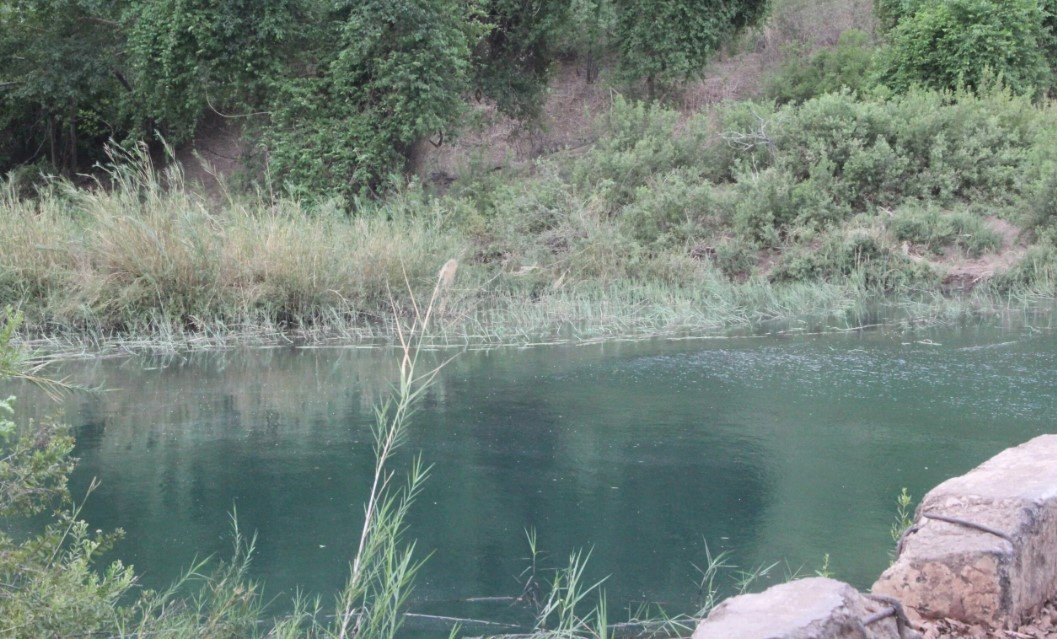Zimbabwe News Update
📅 Published: August 26, 2025
📰 Source: newshubzim
Curated by AllZimNews.com
📅 Published: August 26, 2025
Curated by AllZimNews.com
Aquatic life has also succumbed to the pollution with fish deaths being recorded over the years.
An investigation by CITE in collaboration with Information for Development Trust (IDT), under a project meant to support investigative reporting focusing on the accountability and governance of foreign interests and investments in Zimbabwe and Southern Africa has established that water in Deka River is unfit for human and animal consumption.
Deka River, situated a few kilometres from Hwange Town, supplies water to villages such as Zwabo Mukuyu, Mashala, Shashachunda, Kasibo, Mwemba, and flows all the way to Zambezi River.
Over the years, pollution from the operations of Hwange Colliery Company Limited (HCCL) and Chinese companies licensed to mine in its catchment area, has devastated Deka.
The Zimbabwe Power Company (ZPC), which operates thermal power stations in Hwange, has also contributed in a major way.
A sewer treatment plant is also contributing.
EMA revealed there are nine mining companies operating in the Deka catchment area, “which are directly and indirectly” contributing to the river’s contamination.
Tests prove contamination
As part of the investigation, CITE tested samples of water from Deka River at Ecovision, a reputable laboratory in Bulawayo.
The organisation also interviewed affected residents, community leaders, environmentalists and EMA officials.
The water samples were collected in March at a time, villagers said the pollutants were at their lowest after being diluted by inflows from the rain.
The tests however confirmed the presence of industrial pollutants and total dissolved solids (TDS) in the river.
TDS are dissolved particles such as salts, minerals and metals found in all non-pure water sources.
They were found to be above the permitted range for drinking water standards.
The World Health Organisation (WHO) in a background document for Guidelines for Drinking-water Quality published in 2003 recommends a TDS limit of 300.
Samples from the Deka River recorded 370, indicating a high concentration of minerals generated by pollution, industrial waste and mining. 🔗
” style=”color: #007bff;”>admin@allzimnews. com.
📖 Continue Reading
This is a preview of the full article. To read the complete story, click the button below to visit newshubzim.
🔗 Read Full Article on newshubzim
AllZimNews aggregates content from various trusted sources to keep you informed.
📰 Source:
newshubzim
Aggregated by AllZimNews – Your trusted source for Zimbabwe news
